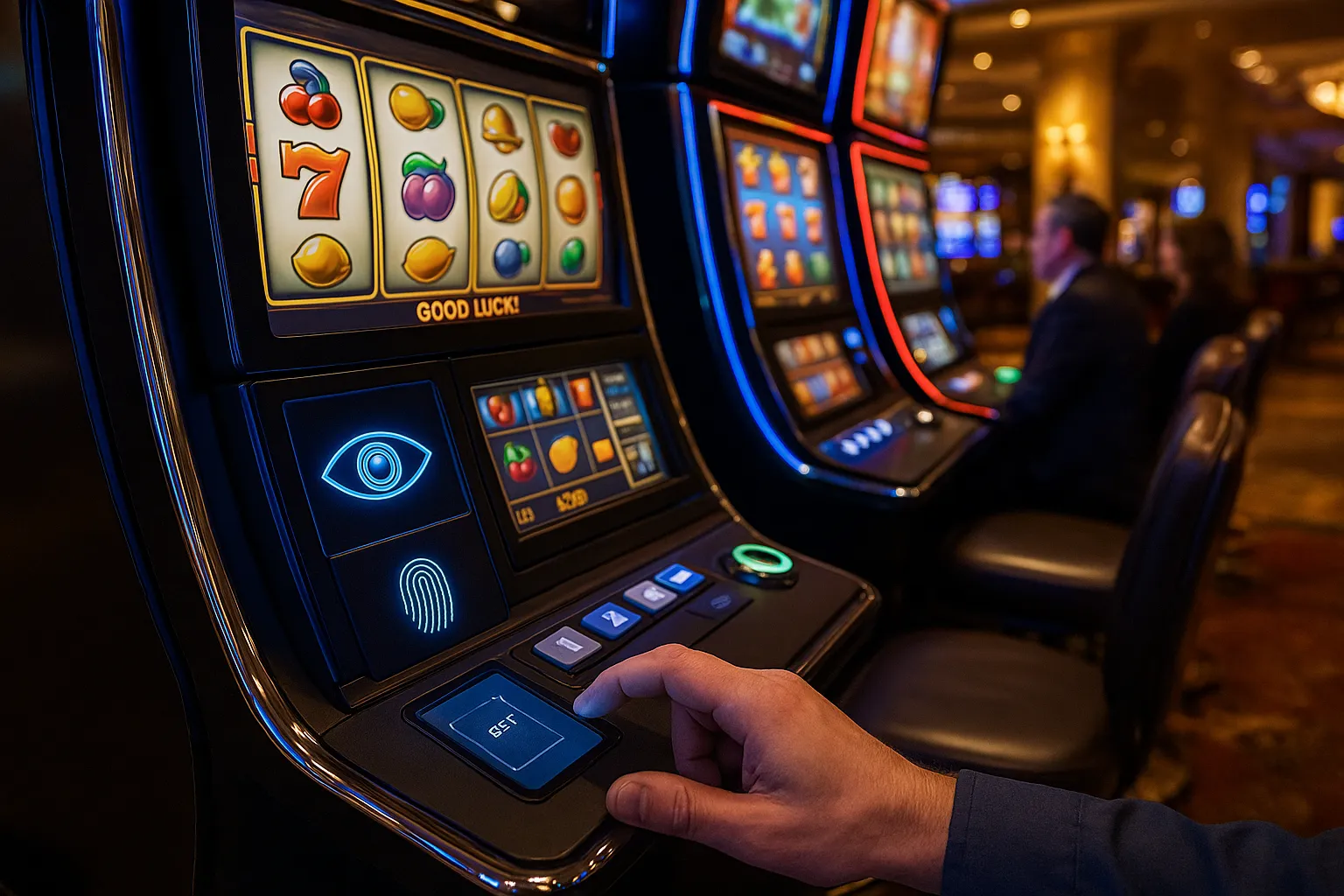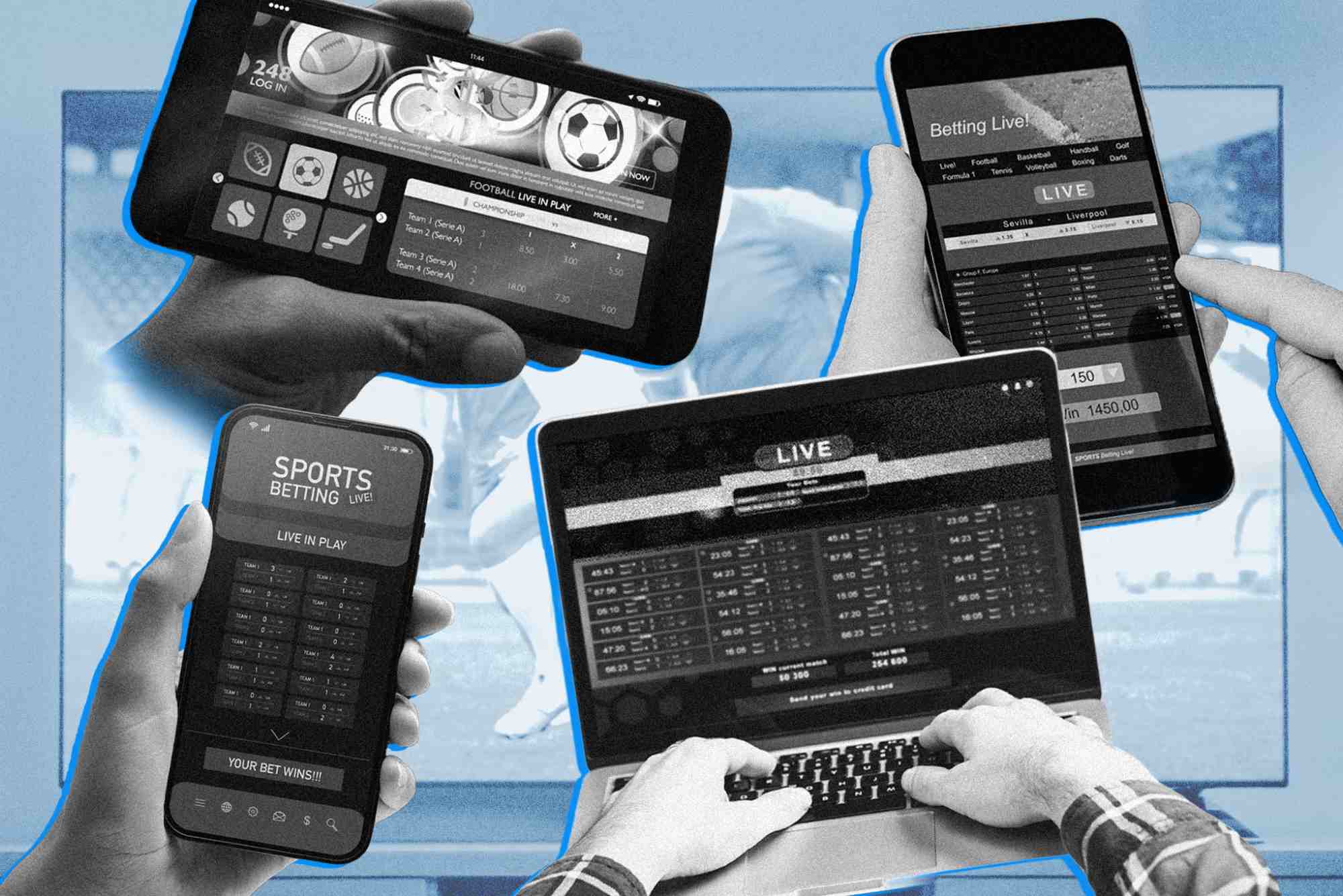When I first stepped onto a casino floor, the neon lights and clatter of coins drew me in, but it was the sound of responsible play alerts that caught my attention. Today, as biometric technologies—like fingerprint scans and facial recognition—make their way into slot machines, a new question emerges: can securing slot access with our own biological data foster more responsible gaming habits? Having tested early prototypes and spoken with developers at trade shows, I believe biometric‑secured slots could offer powerful tools for self‑exclusion, age verification, and loss prevention. Yet they also raise important privacy and accessibility concerns.
What Biometric Security Brings to Slot Play
Biometric authentication links access to the individual, preventing unauthorized use. In land‑based casinos, this means a fingerprint or facial scan could unlock a personalized slot session, tying every spin to your unique ID. For online extensions—like live dealer or VR slots—similar checks can ensure no one else can log into your account, even if they have your password.
Operators are exploring how this integration helps with self‑exclusion programs and age verification. By storing biometric templates tied to self‑exclusion lists, machines can instantly refuse service to excluded individuals, rather than relying on manual ID checks. Conversely, aging teething issues—for both casinos and patrons—are addressed by automating the process, reducing human error and potentially preventing underage play scenarios.
How Biometric‑Secured Slots Could Encourage Responsible Behavior
By its very nature, biometric authentication demands an active, deliberate step each time you sit down to play. This extra friction can serve as a moment of reflection: scanning your fingerprint or face reminds you of open goals—like time limits or loss thresholds—you set in your account profile. In my trials of prototype kiosks equipped with fingerprint readers, I noticed players took longer breaks and adhered more strictly to preset session timers once their biometrics reaffirmed their identity.
Moreover, tying wagers and wins to a single identity allows for more accurate tracking of play history. Operators can analyze real‑time biometric login data to detect risky patterns—like rapid session restarts following a loss—and trigger gentle notifications or mandatory cooldown periods. Such interventions, grounded in actual biometric data, may prove more effective than generic pop‑ups on a screen.
Balancing Safety and Privacy in casinos not on GamStop
Several platforms, particularly casinos not on GamStop, have begun pilot programs integrating biometric logins for both online and hybrid casino experiences. While these initiatives demonstrate a commitment to responsible gaming, they also spotlight critical privacy concerns. Players deserve clarity on how their biometric templates are stored, used, and protected. Mismanagement or breaches of this sensitive data could erode trust and expose individuals to identity theft.
Providers must adhere to strict data protection regulations—such as GDPR in Europe—or risk severe penalties. Biometric data, unlike passwords, cannot be changed if compromised, making its security paramount. Secure enclaves on hardware, encryption in transit and at rest, and limited retention policies are essential safeguards.
Challenges and Accessibility Considerations
Not all players find biometric systems seamless. Individuals with certain disabilities may struggle with facial recognition—due to varied expressions or medical conditions—while fingerprint scanners can be thwarted by worn ridges or prosthetic fingers. To promote inclusivity, casinos must offer alternative authentication methods, such as secondary PIN codes or token-based systems, ensuring that responsible gaming tools remain accessible to all.
In addition, hardware costs and integration complexity can slow adoption in smaller venues. While major operators may retrofit machines with biometric panels, independent slot rooms might lack resources. Cloud-based authentication services could lower this barrier by enabling mobile-based biometric checks, where players authenticate via their smartphones before play, but this approach hinges on reliable connectivity and robust app security.
Ethical and Regulatory Landscape
Governments and regulatory bodies are taking note of biometric applications in gambling. Some jurisdictions have begun drafting guidelines that require transparent disclosure of biometric use, explicit consent flows, and regular third‑party audits of data handling practices. In regions where self‑exclusion is mandated, regulators may soon insist on biometric verification as an industry standard—forcing a broader rollout across both online and brick‑and‑mortar operations.
Ethical considerations extend beyond data security to questions of player autonomy. Excessive friction might deter casual players, pushing them toward unregulated platforms without responsible gaming features. Striking the right balance between protection and user experience will define the success of biometric integrations.
Real‑World Examples and Pilot Programs
I visited a trade expo last year where one vendor showcased a hybrid slot cabinet featuring integrated fingerprint, palm vein, and iris scanners. Their demo tracked biometric logins to enforce daily playtime limits. During the presentation, a volunteer triggered a predetermined loss threshold; the machine refused further spins until the next day, surprising many onlookers with its immediacy.
Another pilot by a major live dealer network used mobile facial recognition to authenticate players entering live game streams. The system cross-referenced real‑time video with stored ID photos, cutting out long verification queues and minimizing human error. Despite the promise, some users reported mismatches under low-light conditions, underscoring the need for continuous refinement.
Guidelines for Responsible Implementation
For biometric‑secured slots to truly support responsible play, operators should follow these best practices:
Include clear consent dialogues outlining data usage and retention.
Expose configurable session limits and pause reminders triggered by biometric login.
Provide alternative authentication for accessibility.
Undergo regular third‑party audits and publish transparency reports.
Educate staff and players on biometric features and privacy safeguards.
Looking Ahead: The Future of Biometric Slots
Biometric technologies will only improve in accuracy and speed. We may soon see multimodal systems combining voice, fingerprint, and facial recognition for seamless login experiences. Integration with wearable devices could even enable biometric triggers—like heart rate variability—to adapt game intensity in real time, slowing play during periods of stress.
The true key to responsible gaming lies not just in technology but in how it’s deployed. Biometric‑secured slots offer a promising new layer of protection, but their impact depends on ethical implementation, robust privacy measures, and inclusive design. When thoughtfully integrated, they could become the gold standard for safeguarding player well‑being—both in casinos and across digital platforms.




